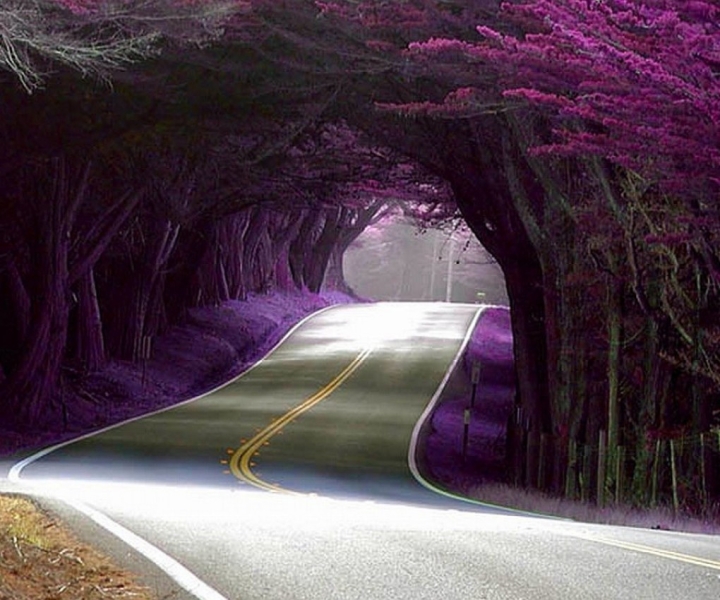
Trees, the longest-lived living creatures on the planet, create some of the most amazing and unusual structures: tunnels from their intertwined crowns. It may look romantic, or it may look creepy. In this article we will tell you about the most interesting green tunnels.
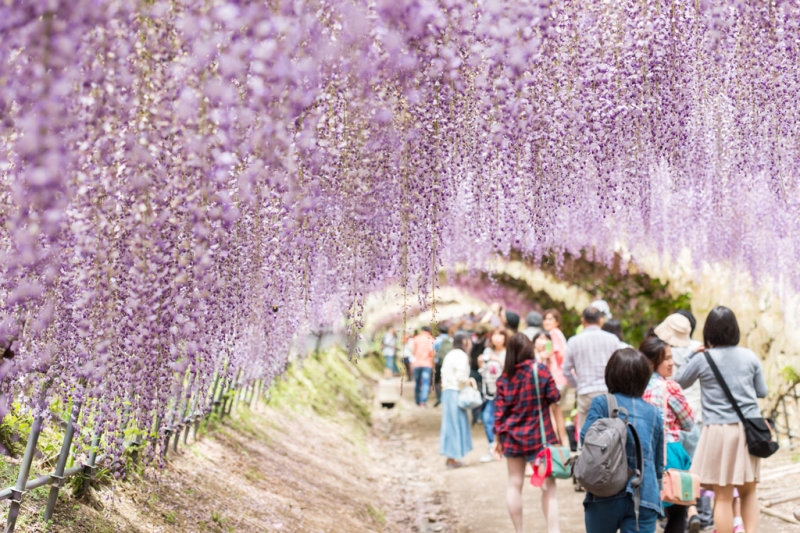
Wisteria Tunnel, Japan (on the map)
Wisteria is the scientific name for wisteria, a stunning flower tree with a solid trunk and thin, graceful branches covered in multi-colored clusters. A large wisteria labyrinth is located in the Kawachi Fuji Garden in the Japanese city of Kitakushu. The shape of the tunnel is created using wire arcs that wrap around the tree crowns.
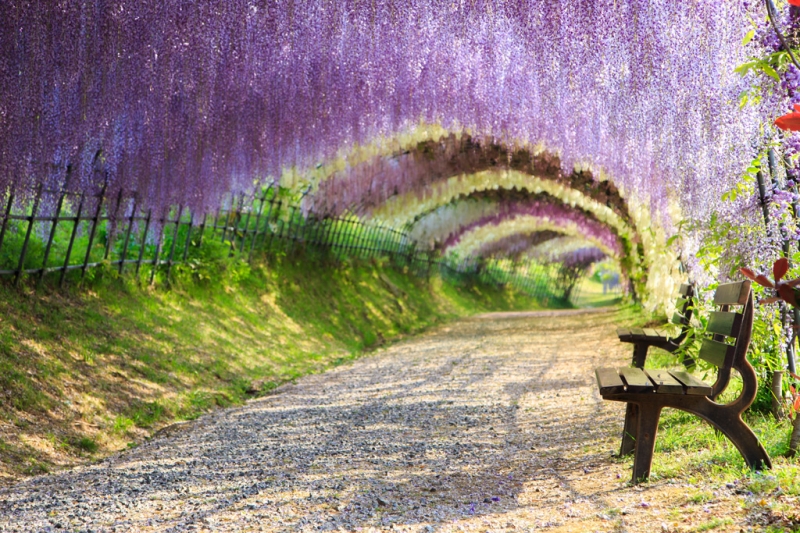
Delicate blue, lilac, pink flowers shining through in the sun look very calming, and low hanging branches allow you to feel a sweetish aroma. Peak flowering occurs in April and May, and during this time the Wisteria Festival is held, which is no less popular than the Sakura Festival.

Purple Tunnel, South Africa (on the map)
Johannesburg is a man-made forest city. About 10 million trees are planted within the city, but the Jacoranda Alley attracts special attention from tourists. Jacoranda, or violet tree, is very popular in the southern hemisphere and is native to Latin America. A hundred years ago, jacoranda was brought to Africa and today in Johannesburg and Pretoria you can find about 50 varieties of it. The violet tree blooms in October, at which time thousands of buds of amazing colors bloom, turning the city alley into a purple tunnel.
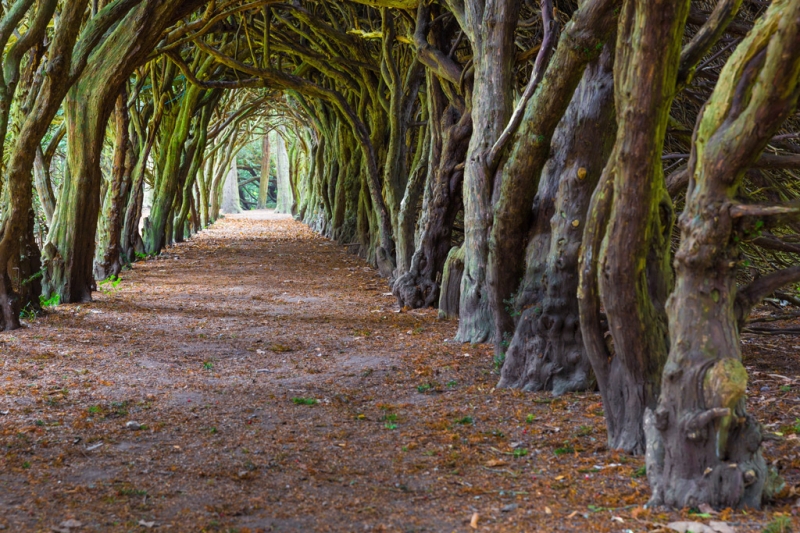
Yew Tunnel, UK (on map)
The yew trees that formed the amazing tunnel were planted by the Dyer family, owners of the Aberglasney estate in Wales, back in the 18th century. As the trees grew, their crowns leaned towards each other and formed a wide arch. Over time, the branches became so intertwined that today it is difficult to count how many individual trees merged into this unique natural structure.
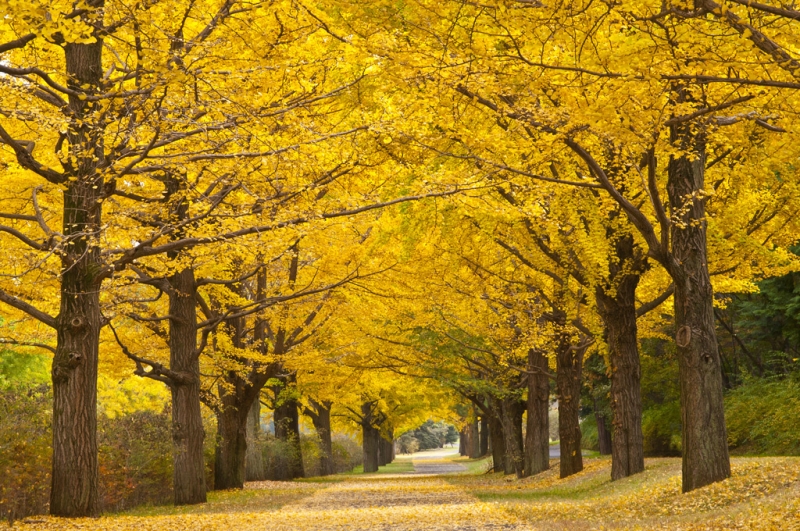
Ginko Alley, Japan (on the map)
During the atomic bombing of Hiroshima, all the trees died, but six ginkgo trunks managed to survive and are still growing. The Ginko tree is especially revered in Japan and is called the “tree of hope.” Ginko can be found everywhere: on the streets, in gardens and parks. An entire avenue of Ginko biloba is planted in the outer park of the Meiji Shrine in Tokyo. Even on a hot sunny day, this place is in twilight, you feel cool and it seems like it’s always autumn here.
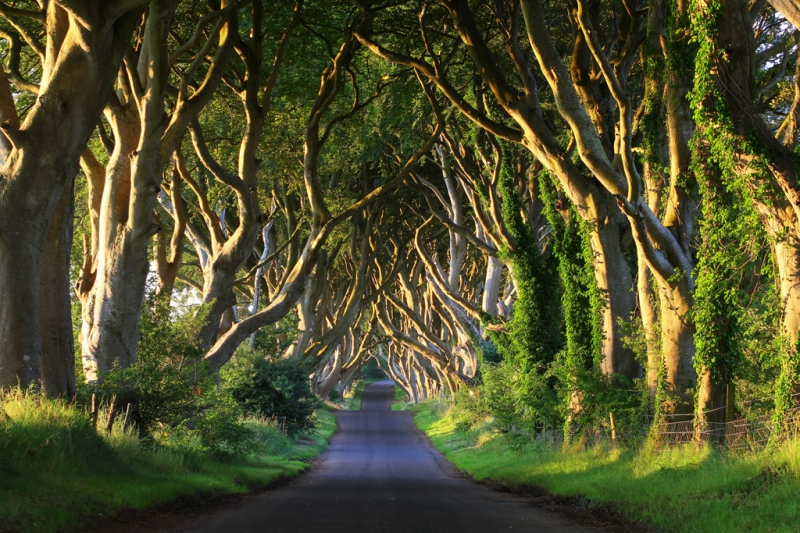
Dark Beech Alley, Northern Ireland (on the map)
In the 18th century, the owner of the estate, Stuart, planted an alley of dark beech trees to impress guests approaching the estate. Two centuries later, this gloomy tunnel still leaves no one indifferent, and there is no other place in Northern Ireland that is so often painted and photographed. By the way, he was filmed in “Games of Thrones”, where he was proudly called “The King’s Dear”.
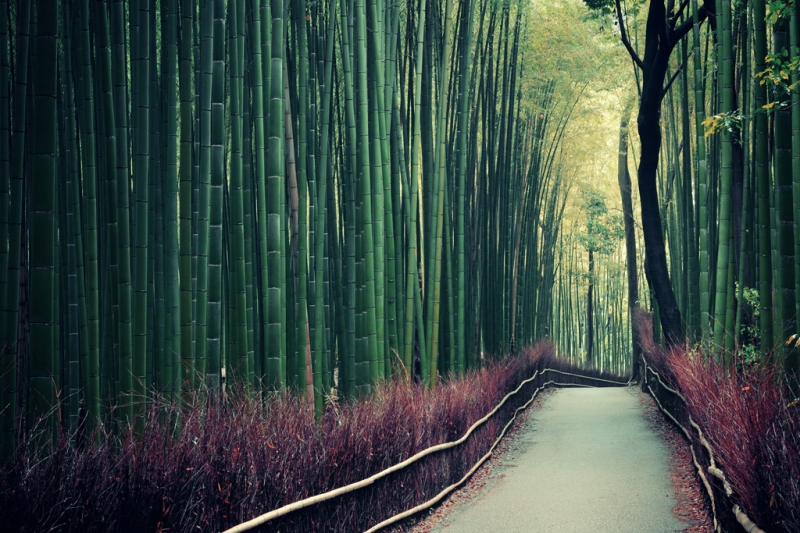
Sagano Bamboo Forest, Japan (on the map)
On the outskirts of Kyoto in Arashiyama Park, a bamboo forest called Sagano has stood like a wall since the 14th century. The evergreen grove is laced with walking paths like a web. Sagano Forest itself is very popular, and in addition, famous temples and Shinto shrines are located next to it. When the wind rises in the forest, a majestic hum arises, which was included in the list of one hundred amazing sounds of Japan.
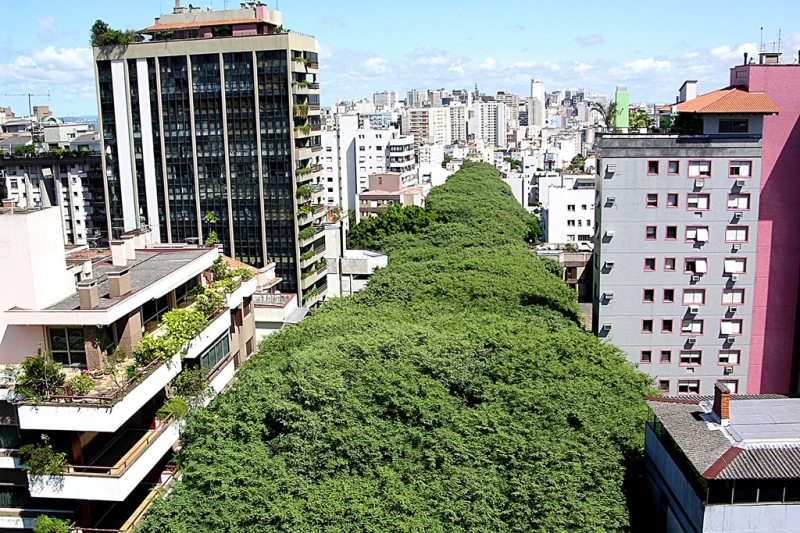
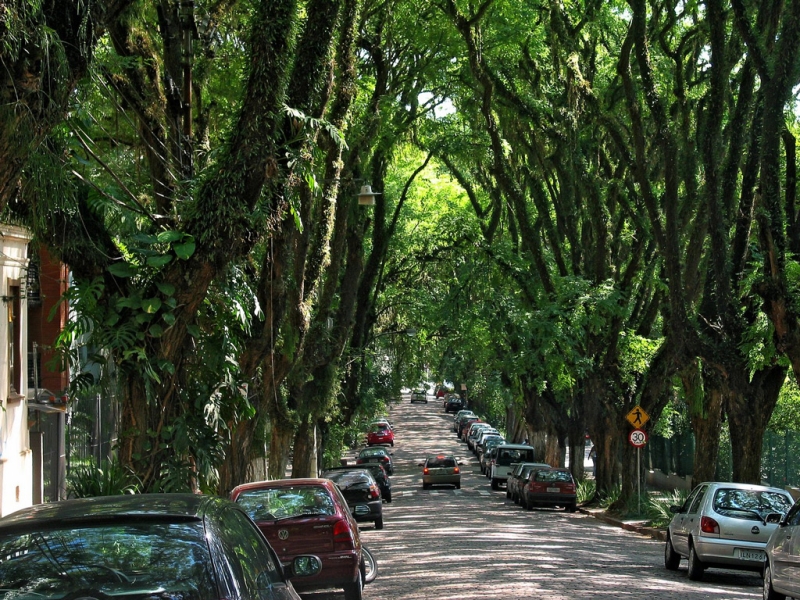
Rua Gonçalo de Carvalho, Brazil (on map)
A half-kilometer tunnel made of powerful rosewood trees, the height of which reaches the level of the seventh floor of nearby houses, is located in the center of the Brazilian city of Porto Alegre. The alley was planted in the first half of the last century, and at the beginning of this century the authorities decided to cut it down for construction. This caused widespread indignation and a campaign was launched on the Internet to protect “the most beautiful street in the world” – the alley received this unofficial name after it was decided to leave Rua Gonçalo as a cultural heritage and “improver” of the environment, because rosewoods are very well cleaned and air conditioning.
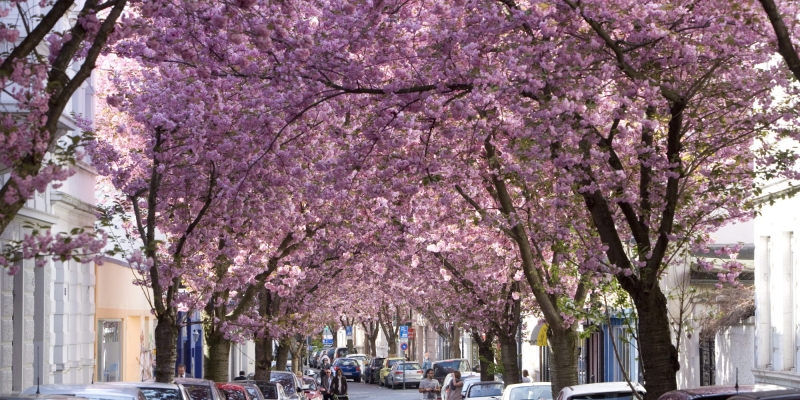
Cherry streets, Germany (on the map)
Bonn has many beautiful old streets, but two of them – Herstrasse and Breitestrasse – in the spring turn into huge pink bouquets filled with the scent of sakura flowers. Japanese cherry blossoms bloom for only ten days and at this time you can meet especially many tourists in the city.
A convenient site for finding hotels – OneTwoTrip.

